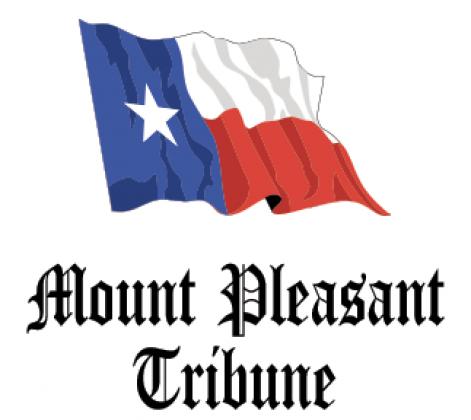The renaming of a local bridge and the creation of a quiet zone within the city were the focus of last week’s meeting of the Mount Pleasant City Council.
After approving a measure calling for a General Election on May 7 for council places 3,4 and 5, the council members heard of plans to rename a bridge near the golf course the Sisk Memorial Bridge and the placing of a stone mounted plaque at the site.
The stone would be placed on the west side of the bridge and the sunset red rock would hold a 24” x 12” bronze plaque.
A local company was awarded the contract to complete the work on the memorial and the measure was approved unanimously by the council.
The city leaders then approved a bid of $814, 800 for the rehabilitation of the Interstate 30 water storage tank. That bid was unanimously awarded to a Ft. Worth firm that the city has done business with in the past.
Before going into executive session, the council heard public comments, including a call from local resident Buddy Blue for a quiet zone in the city to dampen noise from passing trains in the late hours of the night.
Blue first commended each member of the council, and Mayor Tracy Craig, Sr. and thanked them for their service to the city. Blue then offered his idea for the quiet zone, stating that he went to the railroad crossing on 3rd Street and found a number to call the railroad. He received a call back the next morning and spoke with a railroad representative about the formation of the quiet zone. The representative told him that the establishment of a quiet zone would have to come at the request of the city, and that was his reasoning for speaking to them at the meeting.
Blue asked the city leaders to look into the possibilities of creating the quiet zone, with a suggestion of establishing the parameters from 11 p.m. to 5 a.m. and volunteered his help to get it done.
According to the Federal Railroad Association, in a quiet zone, railroads have been directed to cease the routine sounding their horns when approaching public highway-rail grade crossings. Train horns may still be used in emergency situations or to comply with other Federal regulations or railroad operating rules. Localities desiring to establish a quiet zone are first required to mitigate the increased risk caused by the absence of a horn. only local governments or public agencies may establish a quiet zone, which must be at least ½ mile in length, and have at least one public highway-rail grade crossing. Every public grade crossing in a quiet zone must be equipped at minimum with the standard or conventional automatic warning devices (i.e. flashing lights and gates). Communities have the option to establish partial quiet zones restricting locomotive horn sounding during overnight hour’s between10:00 P.M. to 7:00 A.M. Local governments must work in cooperation with the railroad that owns the track, and the appropriate state transportation authority to convene a diagnostic team to assess the risk of collision at each grade crossing where they wish to silence the horn. An objective determination is made about where and what type of additional safety engineering improvements are necessary to effectively reduce the risk associated with silencing the horns based on localized conditions such as highway traffic volumes, train traffic volumes, the accident history and physical characteristics of the crossing, including existing safety measures
Also in public comments, Councilwoman Sherri Spruill spoke as a member of the public lauding City Manager Ed Thatcher on his handling of the deferred maintenance issues in the city since he took the job and commended him for his efforts to save the city money.

